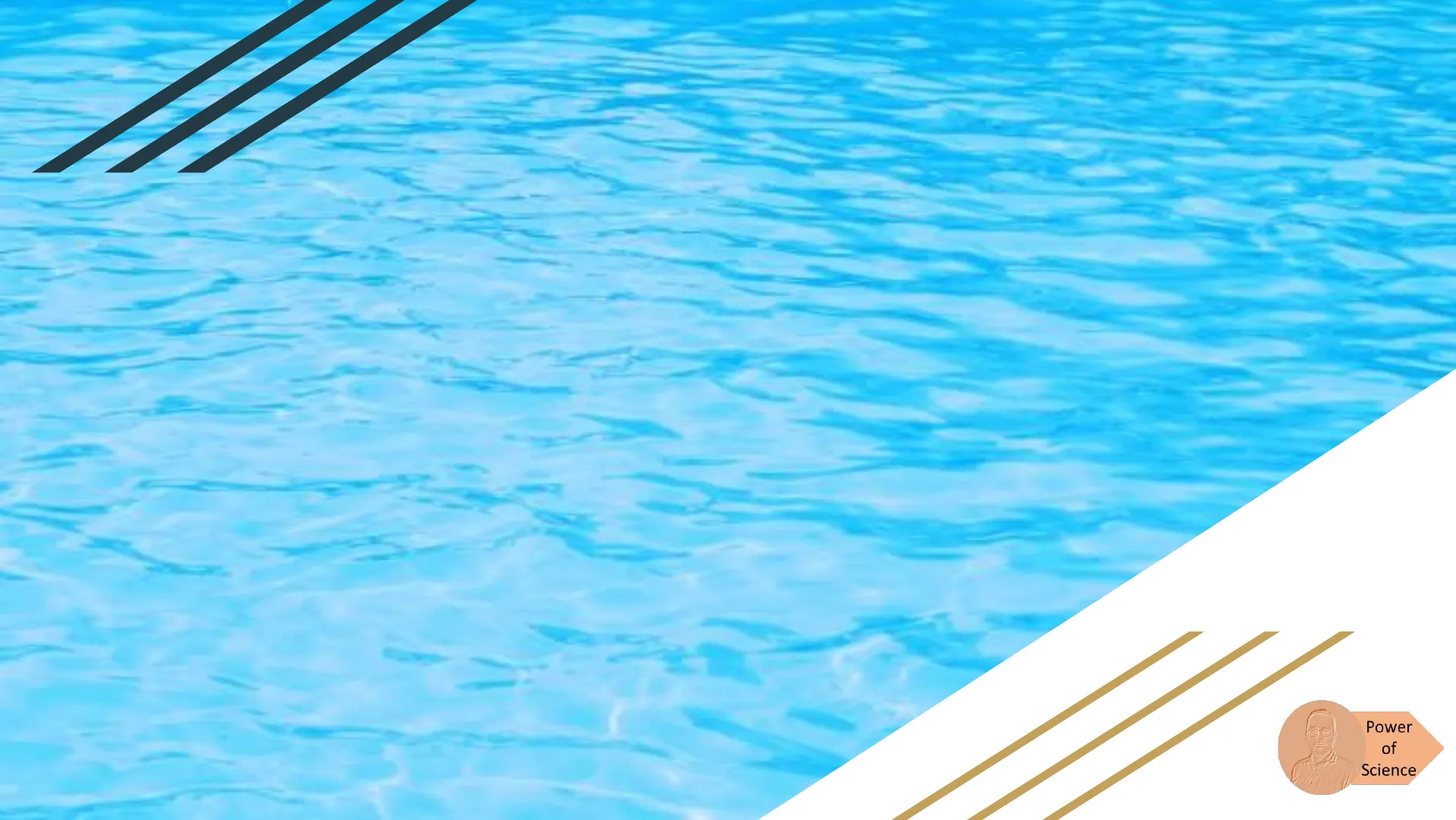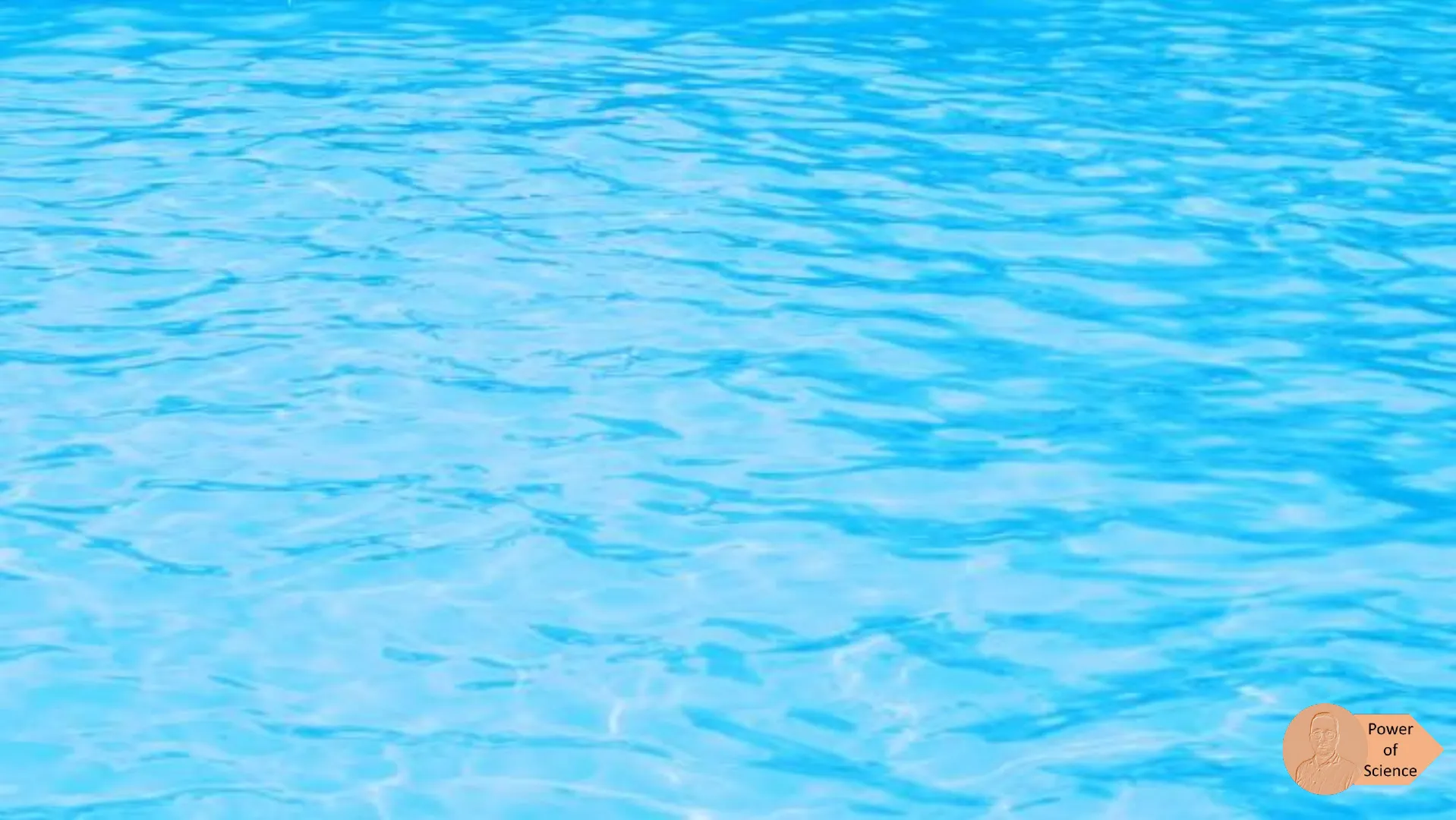A1.1 Water: Properties, Cohesion, Adhesion, and Xylem Transport
Slides from Power of Science about A1.1 Water. The Pdf explores the fundamental properties of water, such as cohesion, adhesion, and surface tension, and their role in water transport in plants through the xylem, suitable for high school Biology students.
See more51 Pages


Unlock the full PDF for free
Sign up to get full access to the document and start transforming it with AI.
Preview
A1.1 Water: Theme, Level, and Content
Theme: Unity and Diversity Level of Organisation: Molecules
IB Guiding Questions on Water
From the IB
What physical and chemical properties of water make it essential for life? What are the challenges and opportunities of water as a habitat?
SL & HL Content - A1.1 Water
From the IB
A1.1.1: Water as the medium for life A1.1.2: Hydrogen bonds as a consequence of the polar covalent bonds within water molecules A1.1.3: Cohesion of water molecules due to hydrogen bonding and consequences for organisms A1.1.4: Adhesion of water to materials that are polar or charged and impacts for organisms
SL & HL Content - A1.1 Water Properties
From the IB
A1.1.5: Solvent properties of water linked to its role as a medium for metabolism and for transport in plants and animals A1.1.6: Physical properties of water and the consequences for animals in aquatic habitats
SL & HL Key Terms for Water
- Hydrogen bonds
- Xylem
- Buoyancy
- Polar covalent bonds
- Surface tension
- Viscosity
- Cohesion
- Capillary action
- Thermal conductivity
- Adhesion
- Hydrophobic
- Specific heat capacity
- Solvent
- Hydrophilic
- Apoplast pathway
- Metabolism
A1.1.1: Water as the Medium for Life
From the IB
Students should appreciate that the first cells originated in water and that water remains the medium in which most processes of life occur.
Water is the Medium of Life
The Mysterious Origins of Life on Earth
Life probably originated in water. Water is required for life as it is: • The medium for metabolic reactions (Water is a solvent). • A transport medium. • Involved in many chemical reactions (Examples: hydrolysis reactions and photosynthesis.) Read the linked article on why water is necessary for life.
A1.1.2: Hydrogen Bonds and Polar Covalent Bonds
From the IB
Students should understand that polarity of covalent bonding within water molecules is due to unequal sharing of electrons and that hydrogen bonding due to this polarity occurs between water molecules. Students should be able to represent two or more water molecules and hydrogen bonds between them with the notation shown below to indicate polarity. O .8+ 8+ H H
Water is a Polar Molecule
Properties of Water with the Amoeba Sisters
Water is a polar covalent molecule. Two hydrogen atoms form covalent bonds with an oxygen atom. Explain why water forms ❓ hydrogen bonds.
Water Polarity Explanation
The oxygen atom has a more positive nucleus than the hydrogen atoms, and has a greater attraction for (the negatively charged) electrons. The electrons are shared unequally between the oxygen and hydrogen atoms in water molecules. δ- O 8+ 8+ H H • Oxygen has a slightly negative charge (ö-) • Hydrogen has a slightly positive charge (5+)
Polar Water Molecules Form Hydrogen Bonds
8+ 8+ H H I Water is a polar covalent molecule with weak charges at the poles. Water is attracted to other polar molecules forming hydrogen bonds. 1 I O 8+ 8+ H H The hydrogen bonds that form between water molecules explain many of water's properties. Note: If asked to draw two water molecules and a hydrogen bond, the hydrogen bond should be a dashed line. The covalent bonds between the oxygen and hydrogens in a water molecule should be solid lines.
A1.1.3: Cohesion of Water Molecules and Organismal Consequences
From the IB
Include transport of water under tension in xylem and the use of water surfaces as habitats due to the effect known as surface tension. A1.1.4: Adhesion of water to materials that are polar or charged and impacts for organisms Include capillary action in soil and in plant cell walls.
Cohesion and Adhesion Distinction
Properties of Water with the Amoeba Sisters
Distinguish between ❓ cohesion and adhesion. V Water molecules are cohesive and adhesive due to their polarity.
Cohesion and Adhesion Definitions
Cohesion is attraction between the same kind of molecules, whereas adhesion is attraction between different kinds of molecules. Cohesive: Water molecules are attracted to other water molecules. The negatively charged oxygen of one water molecule is attracted to the positively charged hydrogens of another water molecule, forming a hydrogen bond. Adhesive: The polar water molecules are attracted to other polar molecules, forming hydrogen bonds.
Cohesion and Surface Tension Properties
Surface tension is the property of a substance to resist an external force. A relatively strong surface tension forms at the surface of water due to the cohesive nature of water molecules. Surface tension allows animals like water striders to walk on water, and the surface of a lake becomes their habitat.
Cohesion and Transport in the Xylem
Transpiration of Water in Xylem
Cohesion Adhesion δ' H+ O- H+ 10 H+ io O H H+ H+ Intermolecular forces The connection with water molecule and xylem vessel are connected with adhesion since they are the attractive forces between the unlike molecule. Water molecules are cohesively attracted since the molecules are the same substance. Transpiration of Water It is related to a dipole intermolecular forces and which gas a high surface tension. Xylem Vessel Water molecules are carried up one way. It has a thick walls and stiffed lignin. Water Molecule Xylem vessels are thin narrow tubes which transport water (and dissolved minerals) from the roots to the leaves of plants. The cohesive nature of polar water molecules allows water to form a continuous column of water molecules moving up the xylem/stem of plants.
Adhesion - Capillary Action in Soil
Capillary action describes the ability of water to flow against gravity in a narrow space. Soil tends to be porous, as the clay and organic matter in the soil is polar. Water adheres to the polar soil particles and moves up the soil towards the roots of plants. Capillary action is greater in fine clay soils, and weaker in porous sandy soils. 1 11 2 + 3 4
Adhesion - Capillary Action in the Cell Wall
The apoplast pathway allows water and dissolved nutrients to move through the cell walls of plants. Cellulose in the cell walls of plants is porous and polar. Water can move from cell to cell by capillary action, as the polar water adheres to the polar cellulose. Plasmodesma Cell wall Cytoplasm Vacuole - Apoplastic pathway (through cell wall) Symplastic pathway (through cytoplasm)
A1.1.5: Solvent Properties of Water for Metabolism and Transport
From the IB
Emphasize that a wide variety of hydrophilic molecules dissolve in water and that most enzymes catalyse reactions in aqueous solution. Students should also understand that the functions of some molecules in cells depend on them being hydrophobic and insoluble.
Water is a Solvent
Properties of Water with the Amocoa Sisters
Water is often called the universal solvent, as it allows a wide variety of hydrophilic substances to dissolve in it, because of its polarity. Hydrophilic substances are charged substances that mix and dissolve with water. Most metabolic reactions will only occur when the reactants are dissolved in water.
Water is a Transport Medium in Plants
Water is the transport medium in plants and animals, as many polar molecules and ions dissolve in water. Polar (charged) organic particles dissolve in polar water, due to hydrogen bonding (eg glucose). Ions dissolve in water because of the polar water molecules surrounding the charged ions. Ionic minerals are dissolved in water as it is transported up the xylem of a plant. Organic molecules such as glucose and amino acids dissolve in water, and are transported through the phloem of plants.
Water is a Transport Medium in Animals
Animals transport many substances around their bodies through the blood or hemolymph, including: • Nutrients • Hormones • Oxygen • Waste products of metabolism • Carbon dioxide • Antibodies Heat is also transported around the body in water.
Modes of Transport in Blood
| Substance | Mode of transport | Why it works |
| Glucose | Dissolved in blood plasma | Glucose is a polar molecule which dissolves in water. Blood plasma is mostly water. |
| Amino Acids | Dissolved in blood plasma | Amino acids are polar molecules which dissolve in water. Blood plasma is mostly water. |
| Cholesterol and Lipids | Lipoprotein complexes | Cholesterol and lipid molecules are nonpolar, and will not dissolve in blood plasma, which is mostly water. |
| Sodium Chloride | Dissolved in blood plasma | Sodium chloride is an ionic compound which dissolves in water. Blood plasma is mostly water. |
| Oxygen | Mostly attached to hemoglobin | Oxygen is nonpolar, and does not readily dissolve in water. |
Water is the Medium for Metabolism
Metabolic Pathways by Evans Love
Metabolism is the complex network of interdependent and interacting chemical reactions occurring in living organisms. Enzymes are biological catalysts which speed up the rate of chemical reactions. Enzymes are involved in controlling metabolism. Metabolic reactions occur in aqueous solutions, with the reactants and enzymes dissolved in water. GALACTO MASE GAMLACION SALACTIE : PHOSPHATE GLUCOSE & PHOSPHATASE |HDCOMDE/QUECORALE MI BAUCOSE 4-PHOSPHATE SLUCONE VOP GALACTOSE ČOTANIE FRUCTOSE LLOOPHOSPHATE DERAMA PYROPHOS'HATE KOPENTILAF WOPHOSPHATE HOOTHPOLICERATE PHIMPHOG IEROM/TAKE İç -HYDROWY BUTYRATE MERAL DNARE & PHOSPHATE LER ACETOACILTANE SPONTANEOUS GRY BCETORE HOMOČTETENE ACETALDONDE METALOHATE AS-CARE AGONILADE, Fl HOETOACETYL COA MALONYL-COA KETOACYL COA FUMARATE *TTOGLUTARATE' + IVAMAIL ACETOACETONE RUCCANT - BUTIFUL-ACP GIANONOACETATE HOMOGENTEAT POCANATE TETRAHYDRODOFTERW CHE Ardeionuccraft NYPTOPHAN PORPHYFIT CYSTEAR THECAINE